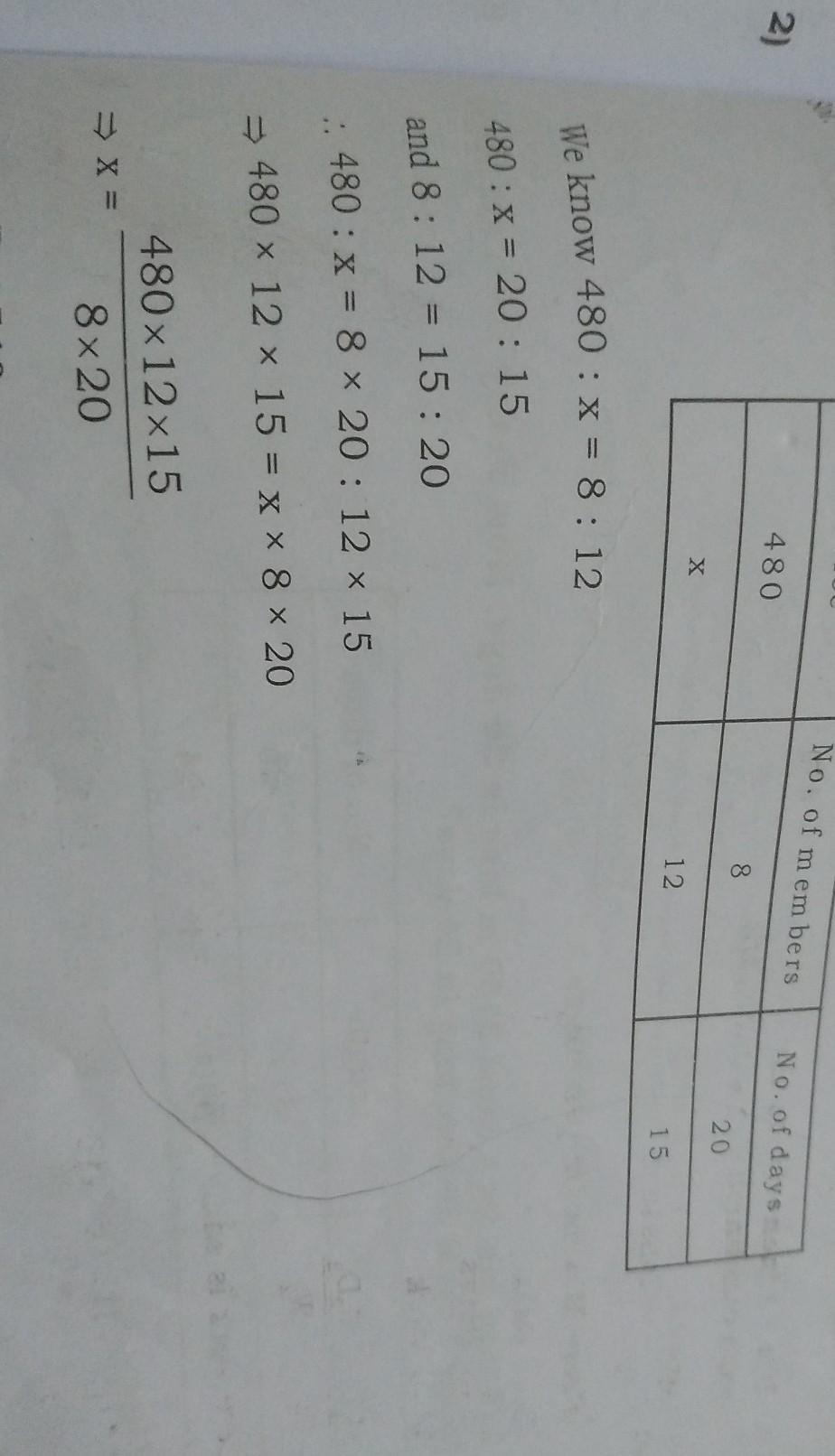Answers 2
Explanation:
The anomalous behaviour of fluorine is due to its small size, highest electronegativity, low F-F bond dissociation enthalpy, and non availability of d- orbitals in valence shell. Most of the reactions of fluorine are exothermic (due to the small and strong bond formed by it with other elements).
-
Author:
narcisovaughn
-
Rate an answer:
2
Answer:
The anomalous properties of fluorine are as follows :.Fluorine has the highest reactivity among other halogens.
.Fluorine forms strong hydrogen bonding in its hydrides unlike other halogens.
. HF is a liquid while other hydrogen halides are gases at room temperature.
.HF is a weak acid while other haloacids are strong acids.
.Fluorine shows only one oxidation state – 1 while all other halogens show variable oxidation states like -1, +1, +3, +5 and + 7.
.Fluorine has the highest electronegativity but less negative electron gain enthalpy than chlorine.
.The compounds of fluorine have higher ionic character than other halogens.
.Fluorine has no tendency to form polyhalide ion whereas other halogens form polyhalide ions like, Cl3-, Br3- and I3-.
.Fluorine unlike other halogens when reacts with water and produces O2 and O3. 2F2 + 2H2O → 4HF + O2 ; 3F2 + 3H2O → 6HF + O3
.Fluorine shows much higher values of ionisation enthalpy, electronegativity and standard electrode potentials compared to the other halogens.
.Fluorine shows much lower values of ionic and covalent radii, melting and boiling points and electron gain enthalpy than expected.
.Fluorine forms only one oxoacid HOF, while the other halogens form a number of oxoacids.
-
Author:
lucifertrevino
-
Rate an answer:
0

